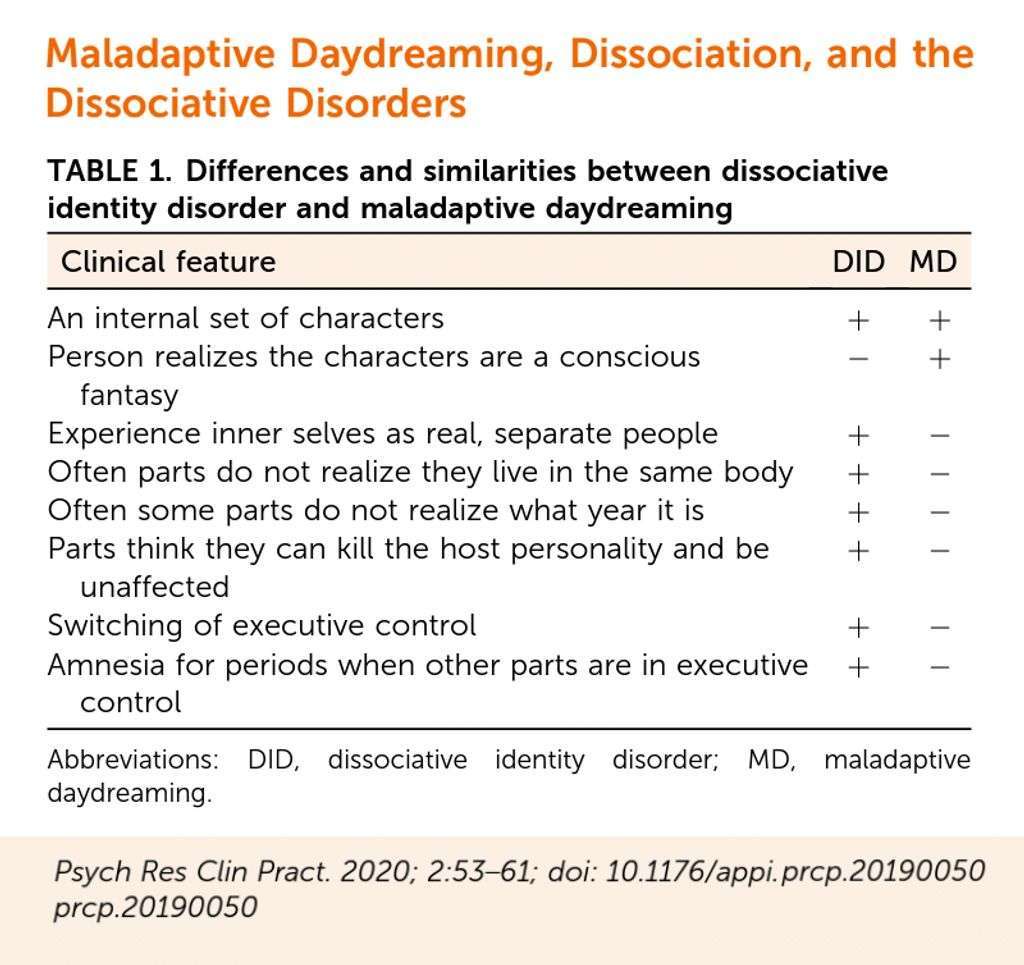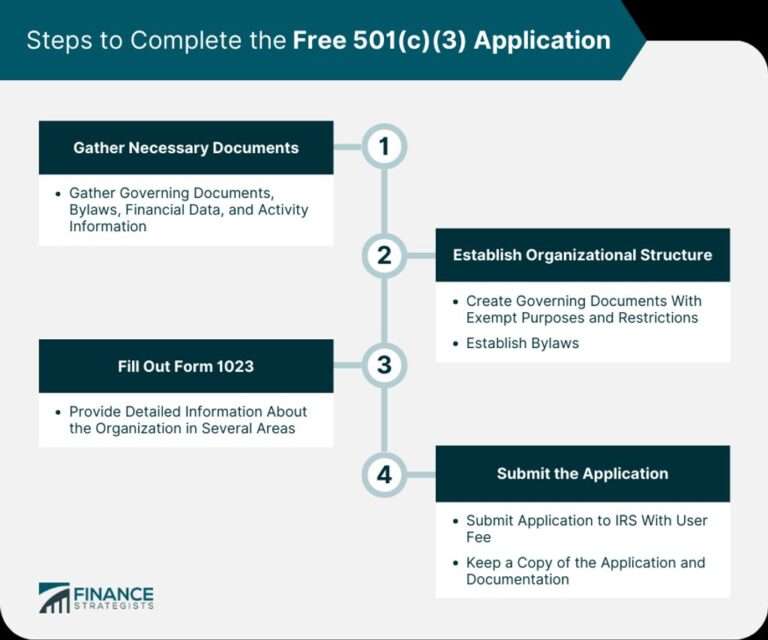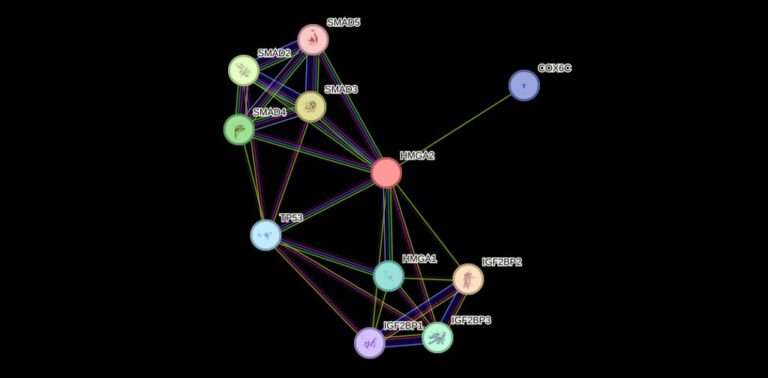The 7 Basic Plots: A theory that suggests there are only seven basic plot structures in all of storytelling.
Overview
Introduction
In storytelling, there are essential narrative structures that form the foundation of every plot. These structures provide a framework for writers to create compelling and engaging stories. The theory of the 7 basic plots suggests that there are only seven fundamental plot structures that exist in all forms of storytelling. Understanding these plot structures can help writers develop well-crafted narratives that resonate with audiences. By exploring the different plot structures, we can gain insights into the universal themes and patterns that connect all stories. This article will delve into each of the 7 basic plots, providing definitions, examples, and conclusions for each. Whether you’re a writer looking to enhance your storytelling skills or a reader interested in understanding the underlying structure of your favorite stories, this article will provide valuable insights into the art of storytelling.
The 7 Basic Plots
In the theory of storytelling, there is a concept that suggests there are only seven basic plot structures that form the foundation of all narratives. These plots serve as templates for countless stories across different genres and mediums. Each plot structure represents a fundamental pattern that captures the essence of human experiences and emotions. By understanding these basic plots, storytellers can create compelling narratives that resonate with audiences on a deep level. The significance of this theory lies in its ability to provide a framework for analyzing and understanding the underlying structure of stories. It allows us to recognize patterns, themes, and character arcs that are common across various narratives. By studying the seven basic plots, we can gain insights into the universal elements of storytelling and enhance our own storytelling skills.
Significance of the Theory
The theory of the 7 basic plots suggests that all storytelling can be categorized into seven fundamental plot structures. This theory provides a framework for understanding and analyzing narratives across different genres and mediums. By recognizing these underlying plot structures, storytellers can gain insights into the universal patterns that captivate audiences and create compelling narratives. Understanding the 7 basic plots can also help writers in their character development process, as they can explore how different plot structures can shape the arcs and motivations of their characters. This theory is significant because it highlights the power of storytelling to connect with audiences on a deep and emotional level, and it serves as a guide for writers to craft engaging and impactful stories.
Plot Structure 1: Overcoming the Monster
Definition
The definition of the first plot structure, Overcoming the Monster, involves a protagonist who faces and ultimately defeats a powerful and evil force. This plot structure is commonly found in myths, fairy tales, and superhero stories. Examples include the epic battle between Harry Potter and Lord Voldemort in the Harry Potter series and the confrontation between Frodo Baggins and the Dark Lord Sauron in The Lord of the Rings. The Overcoming the Monster plot structure allows writers to explore themes of bravery, heroism, and the triumph of good over evil.
Examples
In exploring the 7 basic plots, it becomes evident that each plot structure is interdependent on the viewer’s perception. The way a story is told and the elements it contains shape how the viewer perceives and interprets the plot. For example, in the plot structure of Overcoming the Monster, the viewer’s perception of the monster and the protagonist’s journey to defeat it is crucial in creating tension and suspense. Similarly, in the plot structure of Rags to Riches, the viewer’s perception of the protagonist’s transformation from poverty to wealth influences their emotional connection to the story. The interplay between plot and viewer perception highlights the significance of understanding the underlying structure of storytelling. By recognizing these plot structures and their impact on the viewer, storytellers can create narratives that resonate and engage with their audience on a deeper level.
Conclusion
In conclusion, the theory of the 7 basic plots suggests that all storytelling can be categorized into seven fundamental plot structures. These plot structures include Overcoming the Monster, Rags to Riches, and The Quest, among others. The significance of this theory lies in its ability to provide a framework for understanding and analyzing narratives across different mediums. By recognizing these universal plot structures, storytellers can create engaging and impactful stories that resonate with audiences. Edit a book is a complex task that requires a deep understanding of plot structure and narrative techniques. To successfully edit a book, it is important to analyze the plot, characters, and pacing, ensuring that the story flows smoothly and captivates readers. If you’re looking to enhance your storytelling skills, consider using Unifire, a comprehensive writing tool that can assist you in editing and improving your book. With Unifire, you can easily identify areas for improvement and receive valuable feedback to make your story even more compelling. Start editing your book with Unifire today and take your storytelling to the next level!
Plot Structure 2: Rags to Riches
Definition
The Overcoming the Monster plot structure is one of the seven basic plots identified in storytelling. It involves a protagonist who faces and ultimately defeats a powerful enemy or force. This plot structure is commonly found in action and adventure stories, where the hero must overcome seemingly insurmountable odds to save the day. Examples of this plot structure include the epic battle between good and evil in J.R.R. Tolkien’s The Lord of the Rings and the confrontation between Harry Potter and Lord Voldemort in J.K. Rowling’s Harry Potter series. The Overcoming the Monster plot structure provides a sense of triumph and catharsis for the audience, as they witness the hero’s journey from underdog to victorious champion. It serves as a reminder that even in the face of overwhelming adversity, courage and determination can lead to triumph. To learn more about the different plot structures and how they shape storytelling, visit Unifire.
Examples
In the world of storytelling, good storytelling is essential to captivate and engage an audience. It is the art of crafting a narrative that resonates with readers or viewers, evoking emotions and leaving a lasting impact. Good storytelling involves creating well-developed characters, building suspense and tension, and delivering a satisfying resolution. It is through good storytelling that stories become memorable and have the power to inspire and connect with people on a deep level.
Conclusion
In conclusion, the theory of the 7 basic plots suggests that all storytelling can be categorized into seven fundamental plot structures. These plots include Overcoming the Monster, Rags to Riches, and The Quest, among others. The significance of this theory lies in its ability to provide a framework for understanding and analyzing narratives across various mediums, from literature to film. By recognizing these basic plot structures, storytellers can create compelling and relatable stories that resonate with audiences. The theory also highlights the universal themes and archetypes that underlie all narratives, emphasizing the timeless nature of storytelling. Third-act midpoint is a crucial plot point that occurs in the later stages of a story, serving as a turning point or revelation that propels the narrative towards its climax. Understanding the significance of the third-act midpoint can help writers effectively structure their stories and create engaging narratives. If you’re interested in exploring the power of storytelling further, check out Unifire, a platform that offers resources and tools for aspiring storytellers. With Unifire, you can learn how to craft compelling plots, develop complex characters, and master the art of storytelling. Start your storytelling journey with Unifire today!
Plot Structure 3: The Quest
Definition
The first plot structure identified in the theory of the 7 Basic Plots is ‘Overcoming the Monster’. This plot revolves around a protagonist who faces and ultimately defeats a powerful and evil antagonist or force. It often involves a journey or quest where the protagonist must gather allies, acquire skills, and overcome various obstacles in order to confront and triumph over the monster. Examples of this plot structure can be seen in stories like ‘Beowulf’ and ‘Jaws’. The ‘Overcoming the Monster’ plot structure is significant as it taps into our primal fears and desires for justice and triumph over evil. It provides a sense of satisfaction and catharsis for the audience as they witness the protagonist’s journey from vulnerability to victory. By understanding and utilizing this plot structure, storytellers can create engaging narratives that resonate with audiences. If you’re interested in learning more about storytelling techniques and how to apply them to your own content creation, check out Unifire.ai for valuable resources and tools to enhance your storytelling skills.
Examples
In exploring the 7 basic plots, it becomes evident that each plot structure can be found in countless stories throughout history. From ancient myths to modern novels, these plot structures provide a framework for storytellers to create engaging narratives. For instance, in the plot structure of ‘Overcoming the Monster’, the protagonist faces a formidable adversary that they must conquer. This can be seen in stories like ‘Beowulf’ and ‘Jaws’, where the hero battles against powerful creatures. Another plot structure, ‘Rags to Riches’, follows a character’s journey from poverty to wealth and success. This is exemplified in stories like ‘Cinderella’ and ‘The Pursuit of Happyness’, where the protagonist overcomes obstacles to achieve a better life. Lastly, the plot structure of ‘The Quest’ revolves around a hero’s journey to find or accomplish something of great importance. This can be seen in stories like ‘The Lord of the Rings’ and ‘Indiana Jones’, where the main character embarks on a perilous adventure to fulfill their quest. These examples highlight the universality of the 7 basic plots and their ability to captivate audiences across different cultures and time periods.
Conclusion
In conclusion, the theory of the 7 Basic Plots suggests that there are only seven fundamental plot structures in all of storytelling. This theory provides a framework for understanding and analyzing the narratives we encounter in various forms of media. By identifying these plot structures, writers and storytellers can gain a deeper understanding of storytelling techniques and create compelling narratives that resonate with audiences. The theory’s significance lies in its ability to highlight the universal themes and patterns that underlie all stories, regardless of genre or medium. It serves as a valuable tool for novel writing and storytelling, helping writers craft engaging and impactful narratives. If you’re looking to enhance your storytelling skills, consider exploring the 7 Basic Plots theory and applying its principles to your own creative work. Unifire, an AI-powered writing assistant, can be a helpful resource in this process, providing guidance and suggestions to improve your storytelling techniques and make your narratives more effective.
In the article section titled ‘Plot Structure 3: The Quest’ on the website ‘Unifire’, we explore the concept of the quest as a plot structure. The quest is a common narrative device where the protagonist embarks on a journey to achieve a specific goal or find a valuable object. This plot structure often involves challenges, obstacles, and character growth. If you’re interested in learning more about the quest as a plot structure and how it can enhance your storytelling, visit Unifire for insightful articles and resources. Discover the power of the quest in creating compelling narratives and engage your audience with captivating stories.








